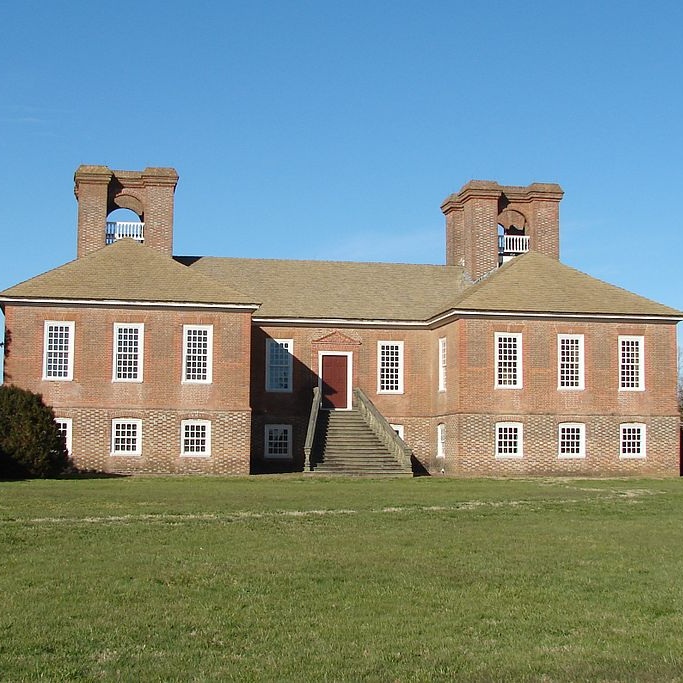Virginia DAR supports five historic properties; all of which have significance to the American Revolution.
Preston’s Smithfield
Preston’s Smithfield was the home of Revolutionary War patriot Colonel William Preston and his wife Susanna Smith Preston. The home was built 1773 and descendants of William and Susanna included four Virginia Governors. Col. Preston signed, and possibly wrote the Fincastle Resolutions of January, 1775.
In 1959, Janie Preston Boulware Lamb, great-great-granddaughter of Colonel William Preston, presented Preston’s Smithfield to the Association for the Preservation of Virginia Antiquities. With the help of Preservation Virginia and the Virginia Daughters of the American Revolution, the property was restored and opened to the public in 1964. The nonprofit Smithfield-Preston Foundation was established in 1996 to raise money for preservation of the property, and took ownership of it in 2014 from Preservation Virginia.
Smithfield is the finest example of pre-revolutionary architecture west of the Blue Ridge — period. Along with the home are various outbuildings on the grounds, as well as gardens, which supplement an understanding of life in 1774. Smithfield is located in beautiful Blacksburg, Virginia, adjacent to the Virginia Tech campus. In 2018, Smithfield was denoted as the fifth Virginia DAR Shrine.
Contact state chair for more information.
Kenmore
Located in Fredericksburg, Kenmore was built by George Washington's sister, Betty, and her husband Fielding Lewis in 1775. In 2008, The George Washington Foundation completed a major, five-year restoration to return the house to the way it would have appeared during the Lewis period. Refurnishing is the next step; meanwhile tours of the stately, Georgian-style house focus on the lives of the inhabitants. Visit the beautiful grounds, restored by the Garden Club of Virginia, and the exhibit of Virginia-made furniture in the Crowninshield Museum.
Contact state chair for more information.
Stratford Hall
The Virginia Daughters have been aiding Stratford Hall since 1936, as it was the home of the only two brothers, Richard Henry and Francis Lightfoot Lee, to sign the Declaration of Independence. It was also the home of "Light Horse" Harry Lee, a courageous Revolutionary officer.
One of our finest historic shrines, it has recently been cited by the National Trust for Historic Preservation as a "shining example" of restoration that was done well. The Robert E. Lee Memorial Association's Directors set high standards for preservation of the unique mansion and its bracket dependencies in 1929, and that same philosophy remains today. Stratford is continuously searching for new information and ways to interpret the life and times of the four generations of famous Lees that lived there.
Located in Westmoreland County, Stratford conducts a three-week Revolutionary War Seminar for thirty selected teachers each summer. Springtime visitors may attend the triennial gala event known as Coaching Day, when antique horse-drawn vehicles parade around Stratford's oval drive.
Contact state chair for more information.
Woodlawn Plantation
George and Martha Washington gave Woodlawn Plantation as a wedding gift to Nelly Custis and Lawrence Lewis in 1799. Nelly was the granddaughter of Martha and adopted daughter of George Washington. Lawrence Lewis was the nephew of George Washington. Nelly was reared at Mt. Vernon, and associated with many Revolutionary Patriots there and at Woodlawn. Located in northern Virginia near Mt. Vernon, Woodlawn was purchased by the National Trust for Historic Preservation in 1949. Since that time we have all been working to bring Nelly and Lawrence's household furnishings back to Woodlawn.
Contact state chair for more information.
Yorktown Custom House
The Yorktown Custom House, located at the corner of Main and Read Streets in historic Yorktown, was built circa 1720 by Richard Ambler — the Customs Collector for the British Monarch in the early 1700's York River District.
Restored in the early 1930s by the Comte de Grasse Chapter, NSDAR, with the assistance and expertise of architect Duncan Lee, the building and its dependencies still stand on their original sites. Over the years Virginia Daughters have aided with upkeep, maintenance, and repairs to this historic site. Currently, attention is being placed on ensuring that the museum’s priceless artifacts and historic buildings may continue to be properly cared for and enjoyed for many generations to come.
This 300 year old colonial British building revealed a wealth of artifacts during an archeological dig that established a new dry well to help drain water away from the building. These artifacts need ongoing care and preservation efforts to remain on public display. Come explore the birthplace of American Freedom, Historic Yorktown! And while there, be sure to visit the Yorktown Custom House. It’s a treasure you won’t soon forget.
Contact state chair for more information.
“May our land be a land of liberty, the seat of virtue, the asylum of the oppressed, a name and a praise in the whole Earth...”






